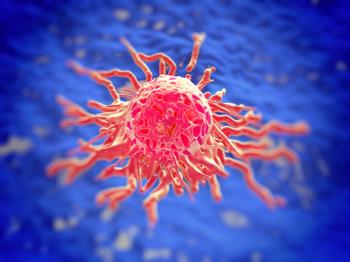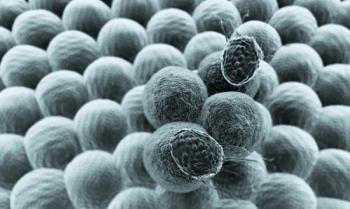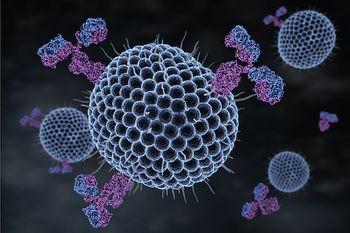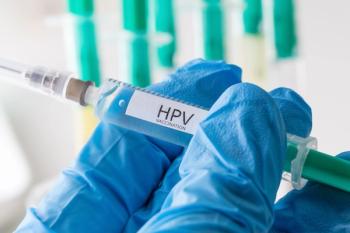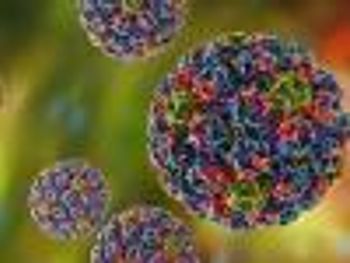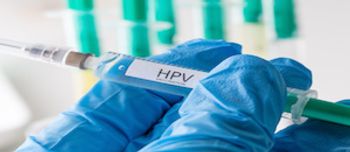
HPV is the most common sexually transmitted infection, and if a high-risk infection does not go away, it can lead to the development of a variety of cancers, including 91% of all cervical cancers, 70% of oropharyngeal cancers, and cancers of the vulva, vagina, and penis and anus.

















































































































































































































